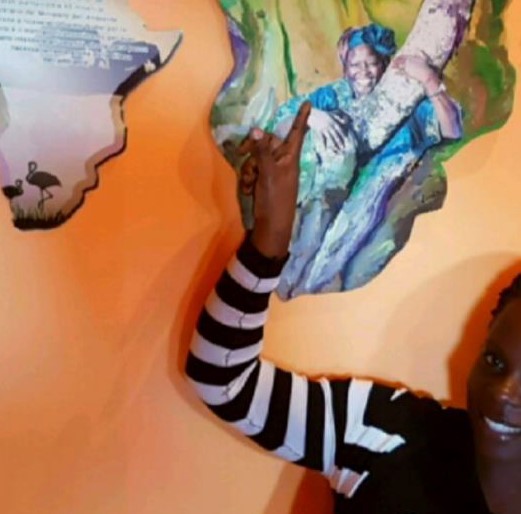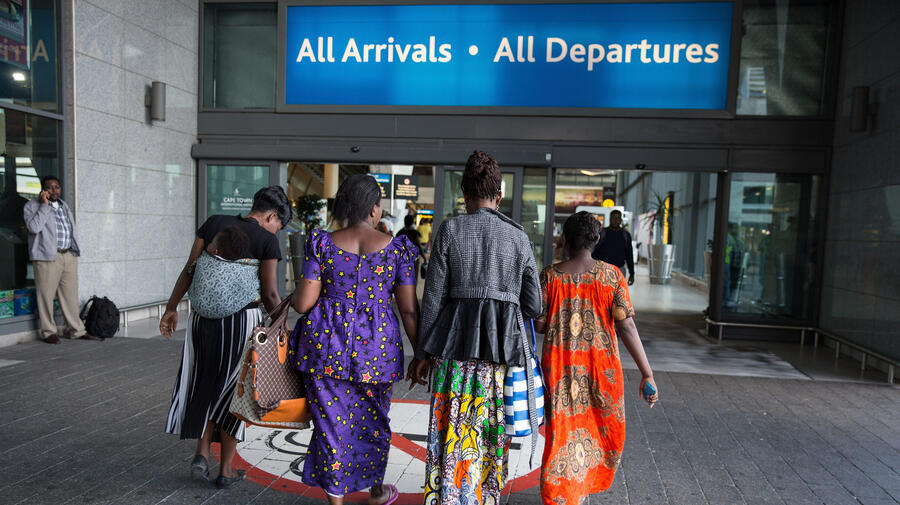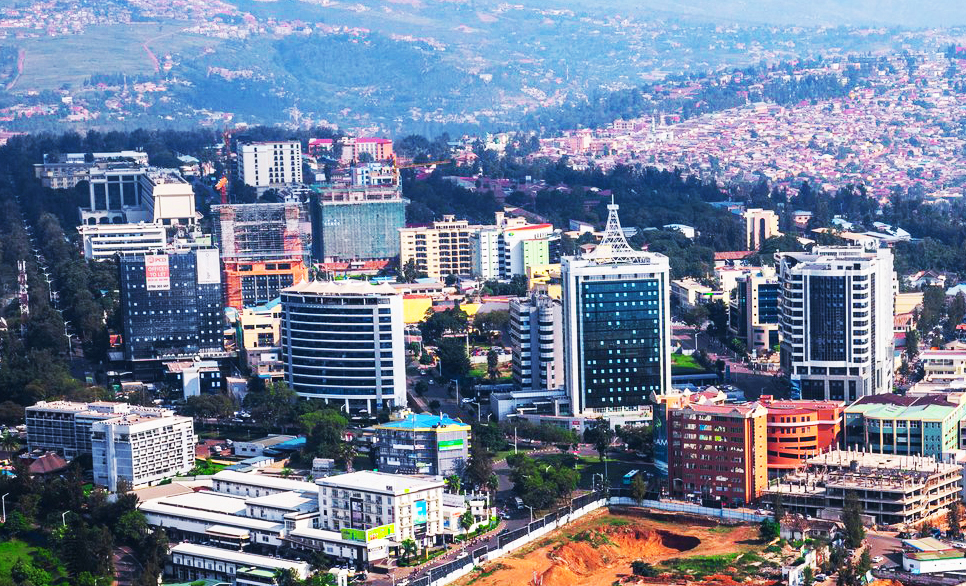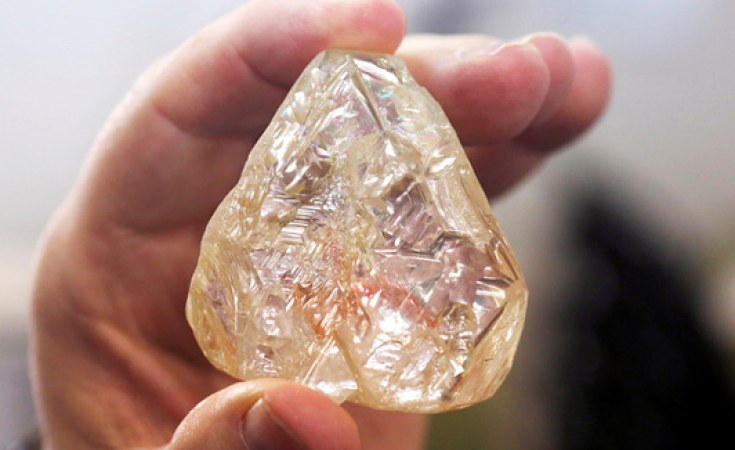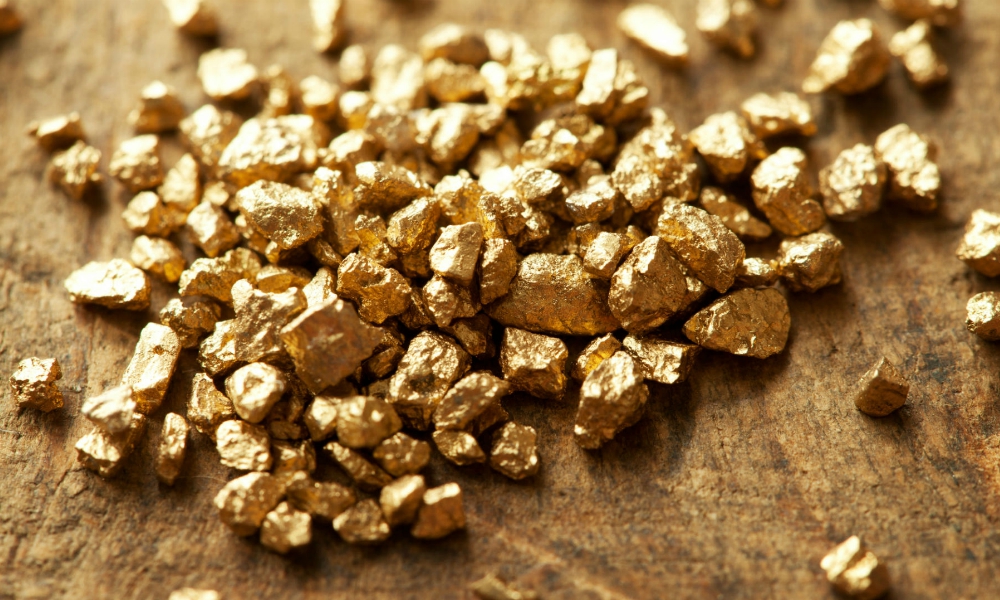Regional
Claim that Rwanda plunders DRC’s minerals a red herring created by the West
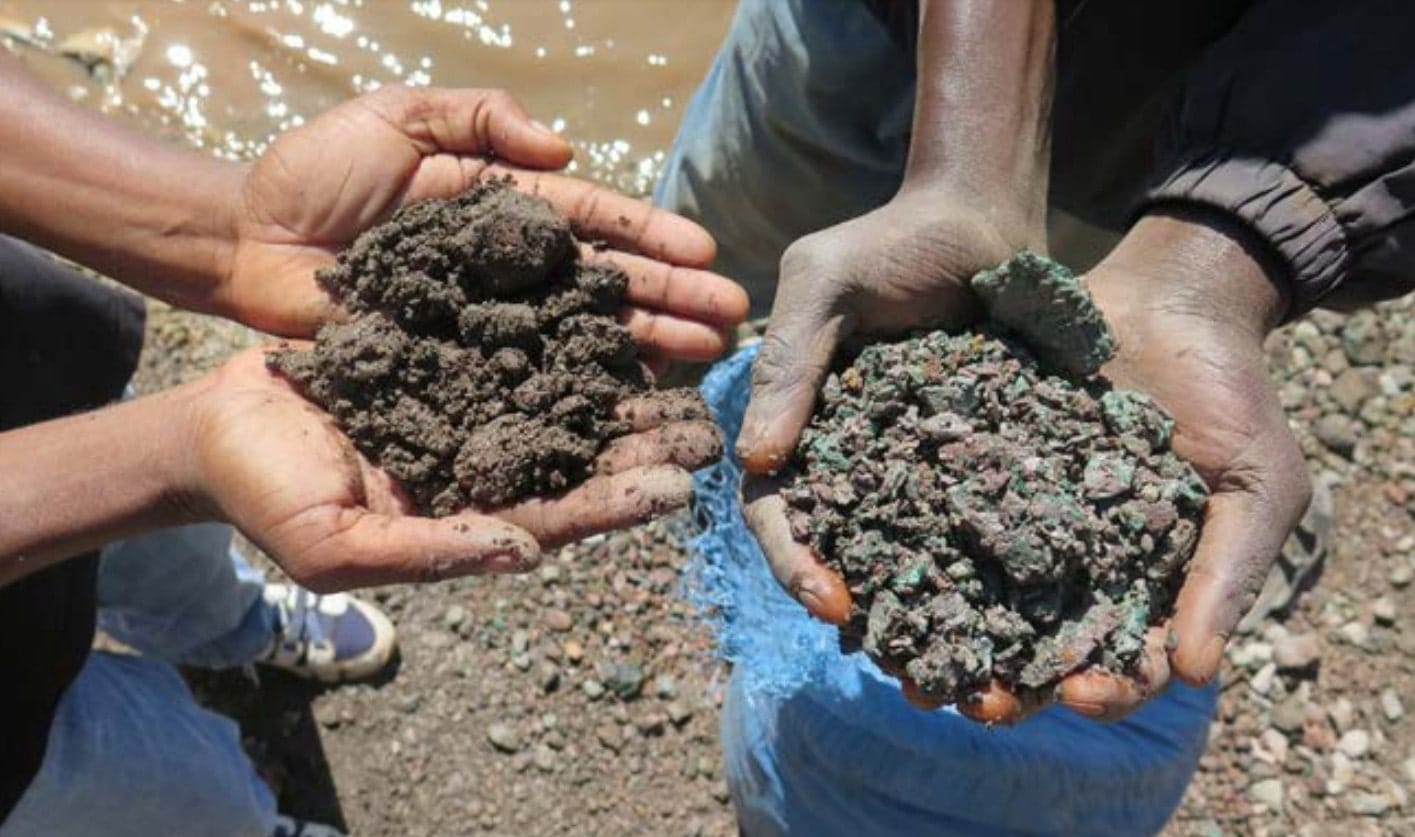
In a
story ran by the Financial Times in March 2023, the authors Atom Wilson and
Adres Schipani wrote that the Democratic Republic of Congo (DRC) authorities accused
Rwanda of plundering its resources by supporting the M23 rebel group.
The
article quoted Nicolas Kazadi, DRC’s
finance minister, saying that Rwanda
last year exported close to $1bilion in gold, tin, tantalum and tungsten, even
though the country has few mineral deposits of its own.
Kazadi added: “M23’s main objective was to
take DRC minerals and siphon them over the border. We’re very surprised to see
there‘s no sanction [for Rwanda], not even the beginning of sanctions.”
Kazadi’s
claim is not new and has been repeated by Western countries and their agents such
as the UN Group of Experts. The claim by DRC and Western countries; about Rwanda’s
interest in DRC minerals, is diversionary. It is a cover up of the real
plunderers of DRC mineral wealth.
From the time of colonization until today, Western mining companies have been involved in mineral exploitation in DRC. The Belgian mining company Société Générale de Belgique, Anglo-Swiss Glencore International, Canadian company Ivanhoe Mines, American Freeport-MacMoran, and the London-based Eurasian Natural Resources Corporation are just a few of the hundreds of Western mining companies operating in DRC.
In
1996, when Rwandan forces invaded Zaire (DRC), the objective was not to plunder
mineral resources but to deal with an existential security threat.
Rwanda’s
security concern was former President Juvénal Habyarimana’s defeated genocidal army,
the ex-FAR, and Interahamwe militia, who had committed the 1994 Genocide
against the Tutsi and were launching attacks against Rwanda from DRC while supported
by Mobutu’s regime.
From
that time, Western countries and their allies started advancing the absurd claim
that Rwanda went into DRC simply to plunder mineral resources.
Rwanda
had lost over one million people during the genocide against the Tutsi and more
people were being killed through cross border insurgency. The aim of the
attacks launched from DRC territory was to continue the genocide, which the
killers never completed while still in power in Rwanda.
Western
countries feared Rwanda; knowing that it had a strong army that could fight and
occupy the mineral-rich territories their companies operated from and then their
business with DRC would be disrupted. Western powers always looked for excuses
to run away from their responsibility of creating the DRC crisis.
The
claim that Rwanda plunders DRC minerals is a red herring.
Rwanda
is accused of something Western countries have done ever since the era of colonialism
and still do today, which is plundering DRC resources. Kinshasa completely failed
to use the minerals for the benefit of the Congolese people. Despite being the second-largest country
in Africa, about the size of Western
Europe, DRC remains one of the five poorest
nations in the world.
According to a 2022 World Bank report, 62 percent of
Congolese, nearly 60 million people, live on less than $2.15 a day, with one
out of six people living in extreme poverty.
Western
countries are more concerned about the DRC minerals than over a million
innocent lives of Rwandans that were lost during the 1994 genocide. And they
are less bothered by genocidal groups like FDLR who want to return to Rwanda
and carry out genocide.
The
Kinshasa regime that supports the genocidal militia and incorporates it in the
national army (FARDC) has never been held accountable by the West because they
do not want to antagonize their exploitative mineral business deals with
DRC.
It is
a fact that DRC and Rwandan business communities have, for decades, traded in
different commodities including minerals.
Rwanda
does not sanction illegal trade of minerals from DRC or any other commodities. It
is only interested in legal trade between the two countries.
Over
the years, Rwanda has seized and returned smuggled minerals to DRC, with the
biggest consignment of more than 80 tons intercepted and returned in November
2011.
The
God who created minerals in DRC did not stop along the border with Rwanda.
Since the
1930s, Rwanda’s mining sector has been growing with a production capacity
estimated at 8,000 and 9,000 tons of mineral compounds every year.
Rwanda
is among the top producers of Tantalum, producing about 9 per cent of the
world’s Tantalum used in electronics manufacturing.
The Rwandan mining sector boasts two refineries, one for gold
and another for tantalum in addition to a tin smelter. The sector's annual
revenues reached $585 million in September 2022, and is projected to reach $
1.5 billion in 2024.
Rwanda
has a mineral tagging and sealing scheme, internationally recognized as a
member of the International Tin Supply Chain Initiative
(iTSCi) programme which ensures that the origins of minerals can be traced in
order to avoid conflict financing, human rights abuses, or other malpractices
such as bribery in mineral supply chains.


